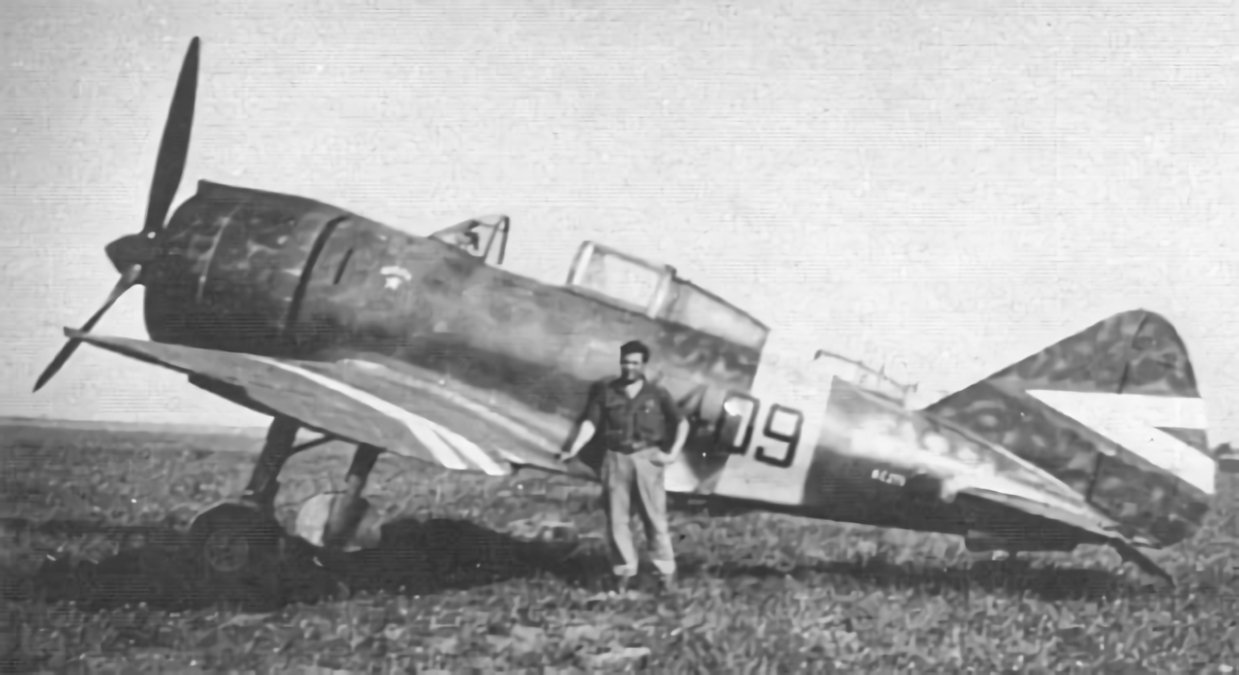MÁVAG Héja
The MÁVAG Héja (hawk), was based on the Reggiane Re.2000 fighter and operated by the Royal Hungarian Air Force. The initial 70 aircraft were built in Utaly, but substituted the Piaggio engine for a Hungarian-built Manfred Weiss WM K-14 engine (a license-built French Gnome-Rhône 14K). This required an extension to the forward fuselage of 1-foot 3-inches to restore the centre of gravity.
Hungary obtained a production license for the Re.2000 and produced an additional 170 as the Héja II. These aircraft were completely of Hungarian manufacture, including airframe engine and armament, which was changed from twin 12.7 mm Breda-SAFAT machine guns, to twin 12.7 mm Gebauer Motorgeppuska 1940.Minta GKM motor-driven machine guns in the fuselage nose. Both gun configurations had 300 rounds per gun.
The Héja II was used on the Eastern Front against Soviet forces, however most were used within Hungary as trainers, as they were considered outdated as front-line fighters. On 2 April 1944, 180 15th Air Force USAAF bombers, escorted by 170 fighters, bombed the Danube Aircraft Works in Budapest along with other targets. MAVAG Héjas were among those fighters that intercepted the raid.
Photographs of the MÁVAG Héja
Under Construction

MÁVAG Héja I













MÁVAG Héja II











Crashed MÁVAG Héja





